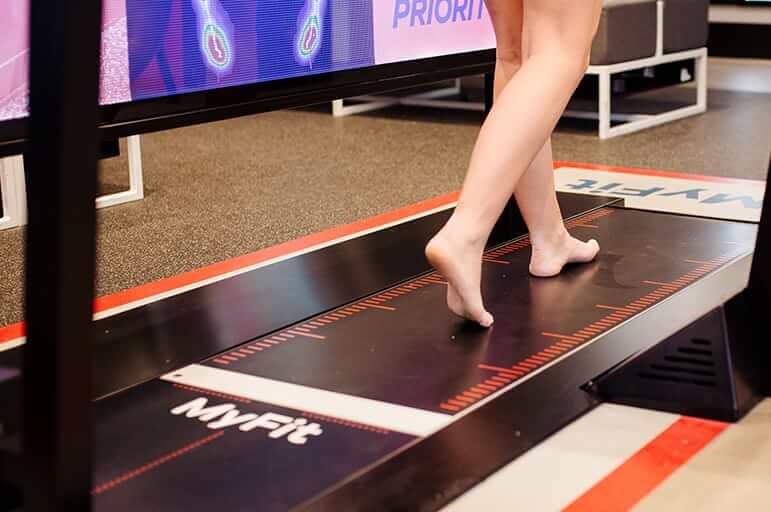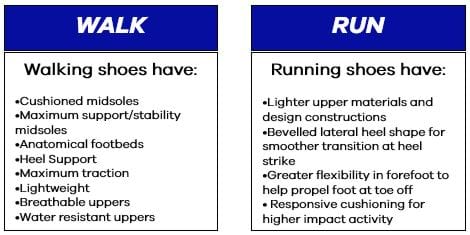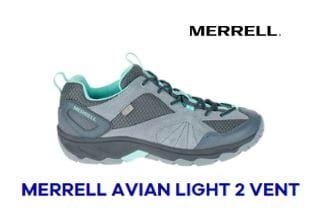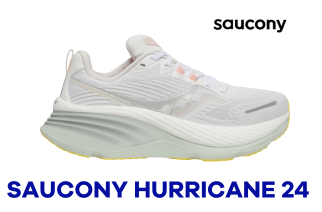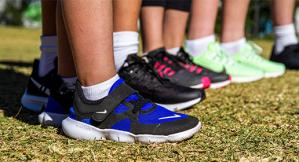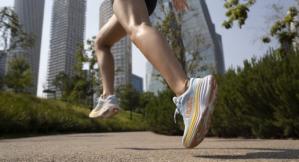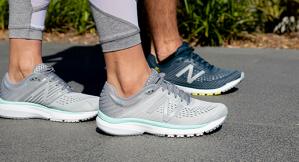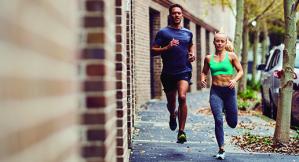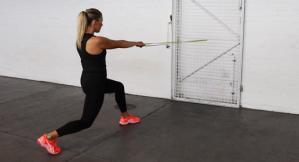MyFit
Our MyFit Blog aims to engage and inform so that we can collectively empower everyday athletes to better their best with every run.
Why Fit Matters
Whether you are a runner or walker, having the appropriate footwear can make a big difference. If it’s adding arch support or extra cushioning to your heels or forefoot, having the right FIT can make a big difference for your joints.
FACT:
When you run, your feet absorb 3-4 times your body weight whereas walking is up to 1-2 times your body weight.
Our team of FIT Technicians at The Athlete’s Foot can help you find your perfect FIT for you next walk or run.
How should your shoe FIT?
The Athlete’s Foot philosophy is based around Fit. Fit means ensuring that our customer’s shoes Fit their;
- Activity
- Foot shape
- Biomechanical and comfort needs and requirements.
What our FIT Technicians look for;
- Length - Several measurements will determine the right length shoe. Remember when checking foot length: stand up, toes down.
- Arch support
- Flexibility - Good flexibility in the midsole means the shoe can move naturally, so you’re free to go faster.
- Width and depth for the ultimate fit, the foot should fit in the widest part of the shoe with a suitable toe box for your foot shape.
- Heel and ankle - The heel and ankle must be correctly fitted to prevent irritation. No blisters means new limits.
- Volume and lacing - The volume of the shoe and right lacing technique should match your running style and enhance your performance.
Let’s start with Biomechanics – The Gait Cycle
The gait cycle refers to the way in which we walk and begins when one-foot contacts the ground and ends when the same foot contacts the ground again.
The gait cycle can be divided into 2 distinct phases. The weight bearing or stance phase, and the non-weight bearing or swing phase. Understandable the stance phase is of importance, particularly given that the foot has several unique functions to fulfill during the time it is in contact with the ground.
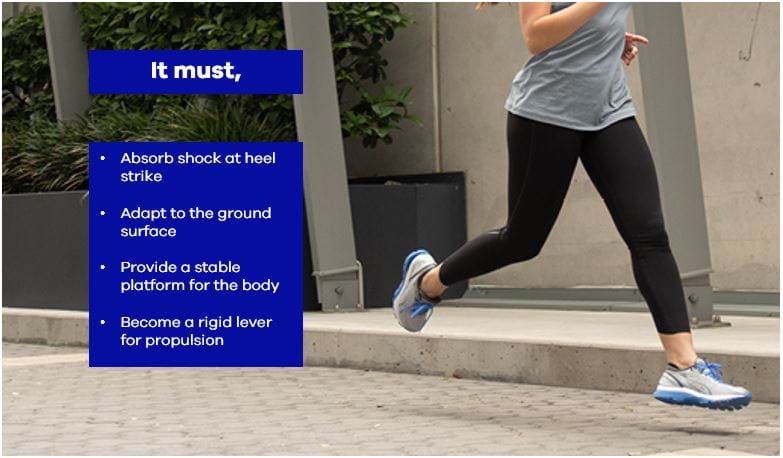
The Difference: Walking vs Running Biomechanics
- The running gait is different to the walking gait.
- The running gait cycle has the inclusion of an extra phase: Float Phase. This is when both legs are off the ground.
- The stance phase of both running and walking is where injuries are most likely to occur (due to it being the phase that external forces to the joints and muscles are at play).
The Perfect FIT for your Walk or Run
Every walk or run is different! There are different types of walking and running shoes for different activities. Not everyone walks or runs at the same pace, for the same distance or at the same level.
What is the difference between a walking and running shoe?
What type of shoe for each training activity?
Having the right shoe to match your training technique is essential for optimal performance.
Rotating your footwear to match the training method will ensure you are protecting your body and feet.

